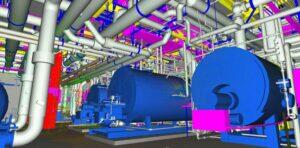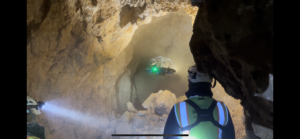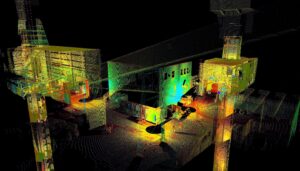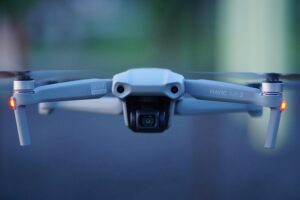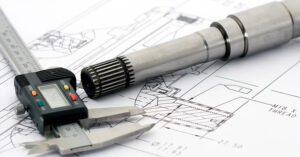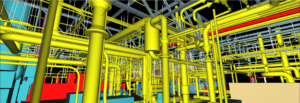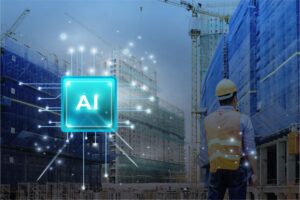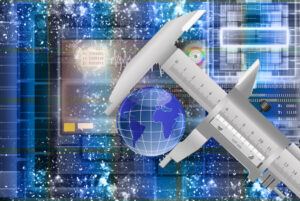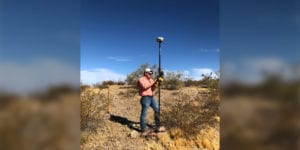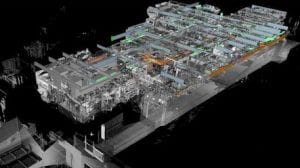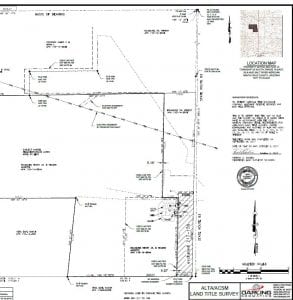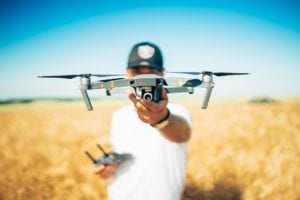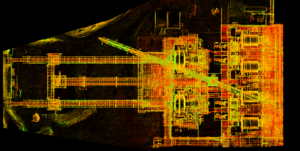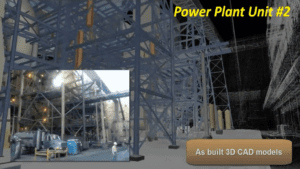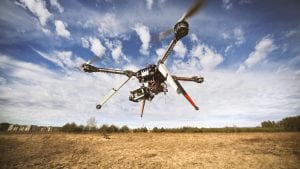Sign up for our email newsletter to receive updates on the latest in geospatial technology that will help improve your projects' efficiency, safety, and costs.
If you’ve ever dipped a toe into the world of remote sensing, you’ve probably heard a lot about hyperspectral imaging and LiDAR. Both technologies are indispensable in modern geospatial work, but they’re often misunderstood or lumped together. At Darling Geomatics, we use both technologies extensively-sometimes independently, sometimes in tandem-to support everything from large-scale environmental assessments…
Read MoreIn recent years, the advancement of LiDAR systems and 3D scanning technology has revolutionized several industries by providing highly accurate, high-resolution data and models. LiDAR, which stands for Light Detection and Ranging, utilizes laser light to measure distances and generate detailed maps and models. As we look to the future, it’s clear that innovations in…
Read MoreLet’s talk about something exciting that’s transforming the mining industry: 3D laser scanning technology. If you’re involved in mining operations, you know how crucial it is to understand both your surface and underground environments. What if I told you there’s a way to create an incredibly detailed digital model that captures everything from your surface…
Read MoreThe evolution of underground mapping technology has transformed how we understand and navigate complex mine networks. Through the integration of LiDAR (Light Detection and Ranging) technology, geological surveys have reached unprecedented levels of accuracy and detail, revolutionizing how we approach underground mine mapping projects. The Power of Precision Modern LiDAR systems can capture millions of…
Read MoreUnderground mine surveying, exploration, inspection and monitoring have become faster, safer, more efficient, and less intrusive since drone LiDAR (3D laser scanning) entered the picture. With remotely piloted drones, many of the traditional challenges faced by the mining industry have evaporated. There are many benefits to employing drone-mounted laser scanning in underground mining. For starters,…
Read MoreDiscover how digital twins—virtual representations of real-world objects or processes—provide risk-free environments for simulation, monitoring, and predictive capabilities across industries like construction, manufacturing, transportation, mining, and healthcare.
Read MoreWhat AI Brings to Surveying If you thought drones were an exciting advancement in surveying, hold on to your hats-AI is upping the capabilities of both data capture and processing. Driving greater precision and greater analytic capability, and more informed decision making, the application of AI has changed geospatial engineering forever. Automated drones can…
Read MoreWhat would you say to implementing metrology technology that could: Boost precision? Enable better quality control and consistency? Provide continuous monitoring capable of responding immediately to abnormalities? Bring more data to uncertainty analysis? Automate inspections? Offer predictive analytics that anticipate machinery breakdowns before they cause costly repairs, replacement and downtime? Extend the life of your…
Read MoreDigital twins are not new, but their potential has grown by leaps and bounds with the application of machine learning. Employing AI to digital twins to facilitate smart manufacturing was always just a matter of time; now that future is here. Digital twins-virtual reproductions of physical objects, processes or entire complex systems, such as a…
Read MoreDigital surface models (DSMs) are nothing new, but as software and scanning equipment have become more sophisticated so have DSM’s. Digital terrain maps have many engineering applications, of course. but other sectors, such as agriculture, energy, and conservation, are finding uses for them as well. When you add AI to the mix, however, the capabilities…
Read MoreMine surveyors perform essential services. The data they glean helps plan work, make decisions, improve safety, and aid in mineral exploration. But ground-based surveying methods and manual calculation leave a lot to be desired. Slow and subject to human error, traditional mine surveys can take days or weeks. Traditional surveying often puts surveyors at risk.…
Read MoreMetrology – the scientific study of measurement – has been around a long time. The first known attempt at creating a standard of measure came nearly 5,000 years ago in Egypt. The unit of measure, called a cubit, was modeled in black granite based on the length of Pharaoh’s forearm and hand. Pyramid builders using…
Read MoreWhen most people hear the term “staking a claim,” their minds go back to their 4th grade history lesson about the California Gold Rush from 1848-1855. They recall images of grizzled miners crouched over a stream panning for gold, actively working their claim. Staking mining claims is not a thing of the past, however. The…
Read MoreNo matter how meticulously a construction project is planned, no matter how detailed the blueprints and no matter how prepared the builder and subcontractors are, there’s one thing you can always count on – changes to the original drawings as work progresses. Today’s digital as-builts contain detailed information about the changes that occur during a…
Read MoreWhen conducting a commercial property transaction, an American Land Title Association survey (ALTA) will likely be required by the lender or title company or suggested by your attorney. In most cases, title insurance cannot be obtained without an ALTA survey. Far more accurate than a boundary survey, the details presented in an ALTA survey can…
Read MoreUAV, UAS, uncrewed, unmanned, drone…the lexicon surrounding small, pilotless aircraft can get confusing. Do all those terms refer to the same thing? If not, what distinguishes one from another? How is a drone different from a UAV? What is the difference between uncrewed and unmanned? Drone or UAV? The word drone did not originally designate…
Read MoreArtificial Intelligence (AI) is rapidly changing the construction industry, and the possibilities and mind boggling. Starting with the design process and ending with a built environment’s decommissioning, AI is playing increasingly vital roles in achieving collaboration and connectivity in construction through the full life cycle to final repurposing and recycling of materials at the end…
Read MoreCombining laser scanning, 3D modeling, and AI provides revolutionary efficiencies and innovations never before possible. Highly versatile digital twin solutions are a must for many applications and industries. The extreme versatility of laser scanning and 3D modeling, combined with AI to create “smart” digital twins makes this technology ideal for a host of applications and…
Read MoreDigital Twins have been around for a little over two decades, but today’s digital twins can employ AI and machine learning, setting them apart from earlier virtual modeling capabilities. They are complex virtual representations built from multiple data sources such as processes, people, devices, and mechanical systems. Digital twins represent not just one process but an entire organization.
Read MoreFor anyone new to thermal imaging, it has been a game changer for so many industries and fields. Thermal imaging, at its most basic, is the visual representation of infrared radiation-or heat-put off by something, be it organic or inorganic. If an object or organic being has a temperature above zero degrees, it emits heat…
Read MoreSign up for our email newsletter to receive updates on the latest in engineering technology that will help improve your projects' efficiency, safety, and costs.


